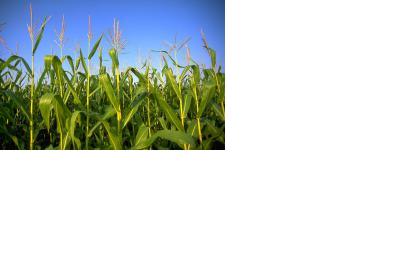The International Food Policy Research Institute (IFPRI) and the International Institute for Applied Systems Analysis (IIASA) improved and relaunched an interactive website that delivers essential components for ensuring adequate, sustainable food production and food security through satellite-based maps. The website AfricaScienceNews reported: "First launched in 2008 using data from 2000, the website had been updated with new data from 2005, is more interactive, and includes a map gallery and data center."
The website, called Spatial Production Allocation Model (SPAM), also includes maps that were produced using satellite images and then fine-tuned by a global crop mapping community on the ground, who meticulously went through the remote sensing imagery to ensure their accuracy and make changes.
These maps pinpoint the locations of cultivations of 42 crops like rice, cassava, potatoes, wheat and maize down to a resolution of about ten kilometers at the equator. With it showing where in the world individual crops are cultivated, their production patterns, and whether they are irrigated or rain fed. The maps can be overlaid with other geospatial datasets to help with other aspects of food security as well, such as crop productivity, climate change, ecosystem services and social welfare.

